UPDATED AUGUST 14, 2025
Welcome to Walnut's free learning course on Leather! In this series, we'll be sharing with you everything we know about our favorite material. You can experience this course by signing up to one email per day for 11 days, or take it on your own time from our Leather 101 hub page.
In this kick-off to the series, we go through a broad overview of what leather is, how it's made, and what it's been used for, from Ancient Egypt to modern times.
Leather Learning Series
This post is part of our "Leather 101" educational series. We're sharing everything we know about our favorite material!

Jump to Section
What Leather Is
Often called mankind's "first fabric," leather has been considered a fine and treasured material since the beginning of history and across nearly all cultures and peoples around the globe.
But what is it? In its most expansive modern sense, leather is a material that is usually more structural than woven fabric and more flexible than wood. In the traditional sense, leather is typically the dermis of an animal that has been preserved for long life in a process called "tanning."
When we think of a classic, traditional leather, that is called today a full grain vegetable-tanned cowhide. But the most common leather products sold today are usually some kind heavily-processed chrome-tanned leather, usually from a domesticated farm animal: such as a cow, pig, sheep, goat. But now there are a wide variety of textiles called leather, and they may not be from animals at all! Descriptors have been added to further clarify the word, such as faux, vinyl, genuine, or bonded.
Of all the different products marketed today as leather, there is a huge variety. Nowadays, leather can be made soft and delicate or tough and woody; thick or thin; candy-colored or natural; elastic or firm; hair-on or plasticized or even "raw" (as in, rawhide). Some of these variations are natural and some are synthetic.
It all comes down to the details of how leather is made. These are all sold as types of leather today:






How Leather Is Made
Let's break our typical leather down into components, each of which is a process in how leather is made:
- source / animal ("cow")
- structure / split ("full grain")
- tanning process ("vegetable-tanned")
All three of those elements provide the basic information about the leather, but there is one more step: finishing. We can turn that into a formula:
source + split + tanning + finishing = leather
Source
Leather begins at the source: usually a domesticated farm animal raised for meat such as cow and sheep, but alternative leathers are also made out of plastic, vegetables, and even fungi.
We discuss the different sources in Lesson #2.
Structure
With animal hides, particularly cowhide, leather can be "split" into different kinds of thicknesses or structures. These are are labeled full grain, top grain, "genuine", suede, or bonded.
We'll explain structures in Lesson #3.
Tanning
Tanning leather had been done mostly the same way through history, using plant tannins such as oak bark. But during the Industrial Revolution, new chemicals and processes were discovered to speed up leather tanning and reduce the cost: mineral (or chrome) tanning.
We'll talk more about these and other tanning methods in Lesson #4.
Finishing
Another leather innovation during the Industrial Revolution, was new ways for finishing the leather: acids, dyes, paints, waxes, and coatings. Each of these different treatments affects the drape, color, and durability of the leather. This makes the different kinds of leather suitable for different kinds of products.
We'll explain some of the finishing methods in Lesson #6.
What Leather is Used For
The beauty, strength, flexibility, and durability of leather make it unique among materials. It is easier to form than wood but it is sturdier and longer-lasting than fiber-based fabrics and textiles.
Historical Uses
Ancient Egyptians valued leather as highly as gold. Historically, in Europe, leather was used as both a functional material and an artistic material, and fine art examples survive of leather being used as wall coverings, ecclesiastical objects, and decorative coverings on wooden boxes and furniture.
In Asia, leather is best-known for its fine art use in shadow puppets, decorative boxes and bottle coverings, and in Africa, leather was used in decorative figures as well as the shields of the Massai.
Functionally, leather has been used for everything from drinking vessels to boats to, of course, footwear. In fact, ancient Romans judged a man's rank by the quality of his sandals.



How We Use Leather Today
Leather has unique functional properties, being both flexible and durable. But it also has a certain cachet. From ancient times to today, leather is considered a high value material. Because of its unique properties, leather is still the material of choice for shoes, furniture, sport, and book bindings.
Modern mineral tanning methods expanded the number of ways that leather is used, but it also introduced more perishability to it, even gaining a reputation for being a fussy, difficult material, such as with a suede jacket (a certain episode of Seinfeld comes to mind!).
The variety of leathers available today mean that leather is used for more products and applications than ever, but also that the match between the type of leather and its intended use is more important than ever. Leather can now be made to last a lifetime, as was always historically done, such as for a high-quality equestrian saddle, or it can be designed to tear and wear out within a year, as in fast fashion.
We'll talk a lot more about leather and craftsmanship quality - including its sustainability and ethical considerations, and how to recognize it in the store - in Lessons #7-9.
Lesson #1 at the Walnut Workshop
About Us
Who are we to teach about leather? We're Geoffrey and Valerie Franklin, the husband-and-wife team behind Walnut Studiolo. We've been crafting and selling our own designs of leather goods since 2009. We wrote the book The Idiot's Guide to Leather Crafts for DK Publishing.

Next Lesson
In Lesson #2, we'll start with the beginning: leather sources: animal, vegetable, or other.
Leather Learning Series
This post is part of our "Leather 101" educational series. We're sharing everything we know about our favorite material!
- Lesson 1: Leather Basics
- NEXT --> Lesson 2: Leather Sources
- Lesson 3: Leather Processing
- Lesson 4: Leather Tanning
- Lesson 5: Recap: The "Best" Leather
- Lesson 6: Leather Finishes
- Lesson 7: Leather Variability and Product Quality
- Lesson 8: Recap: The "Most Sustainable" Leather
- Lesson 9: Vintage Leather in the Store
- Lesson 10: Leather Rescue and Rehabilitation
- Lesson 11: Leather Care and Crafting
Get the full series delivered to your inbox in one email per day for 11 days:
Sign up for the email series >>>

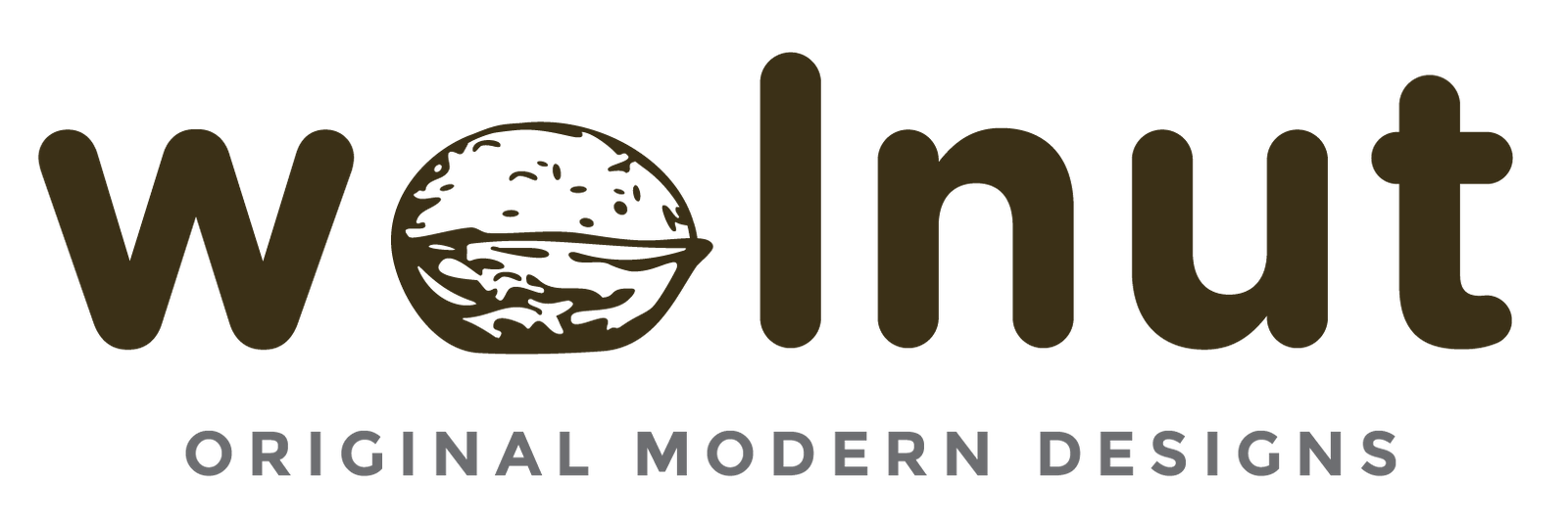

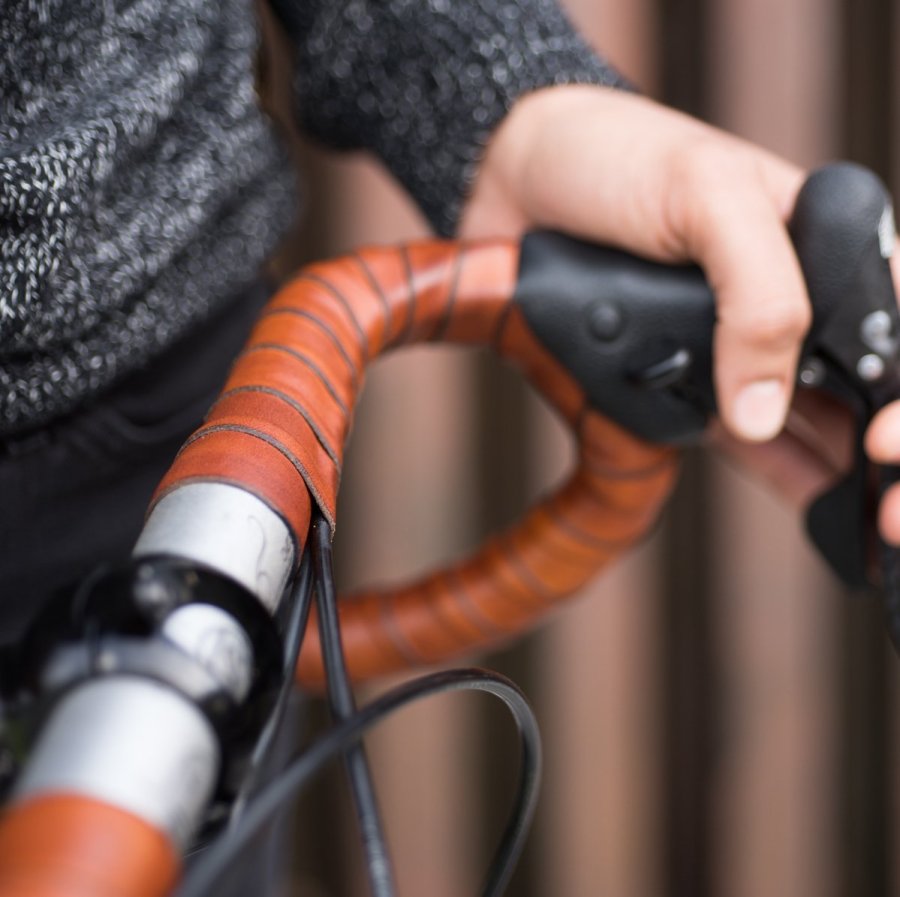
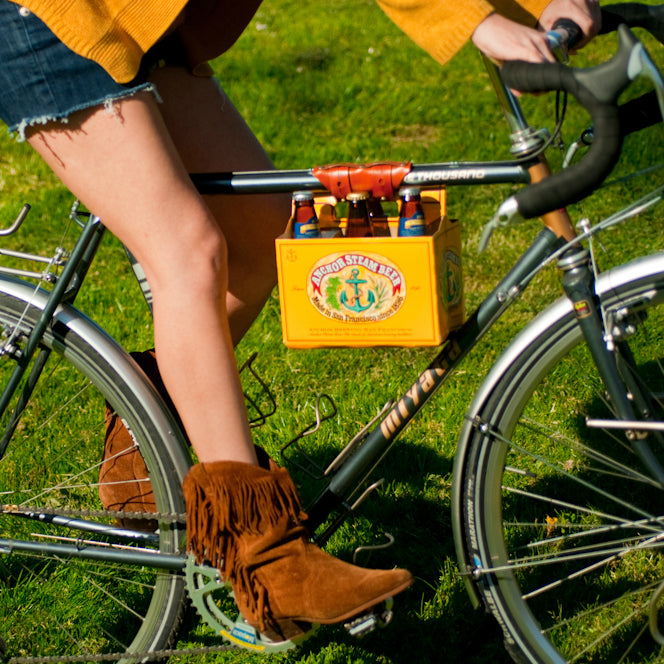
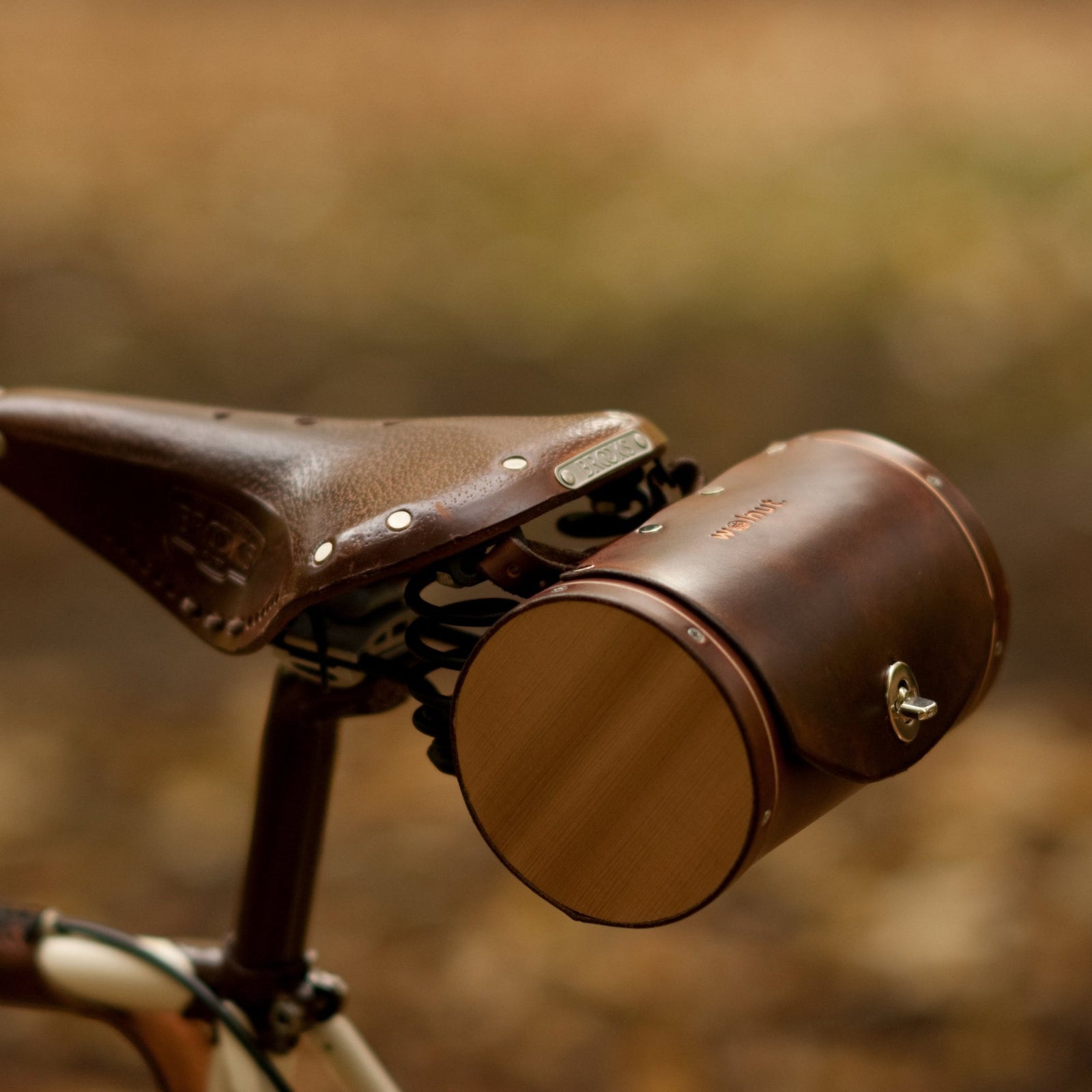
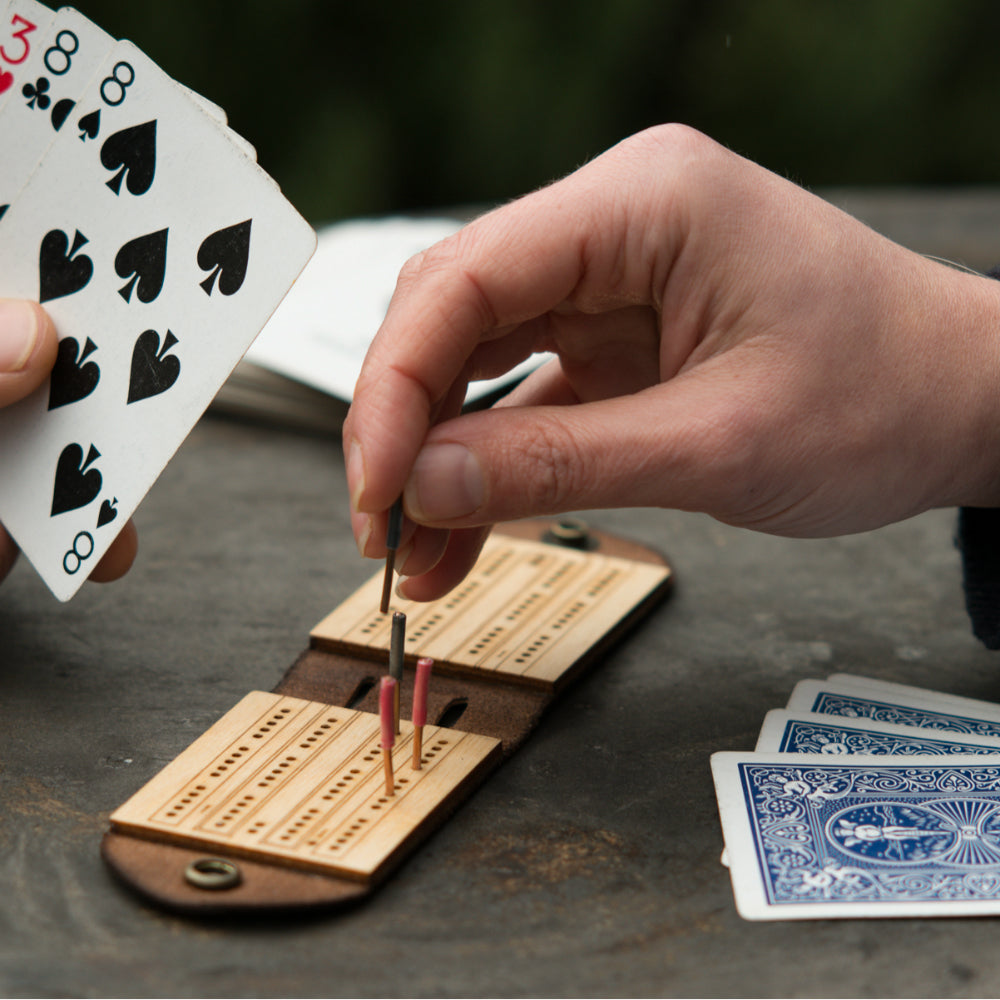
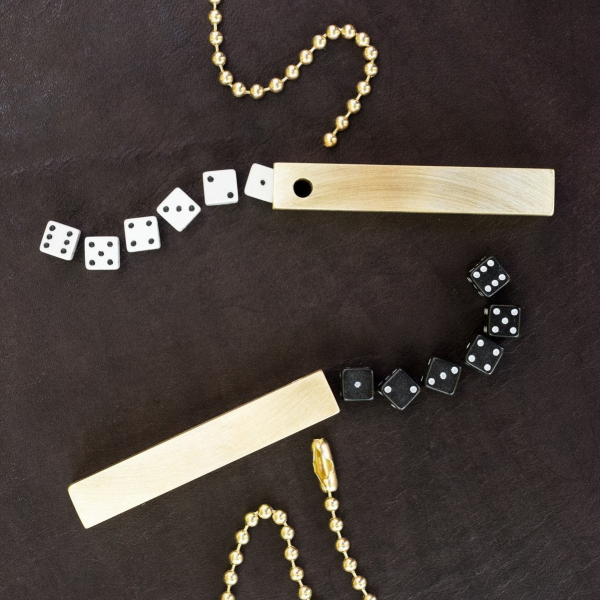
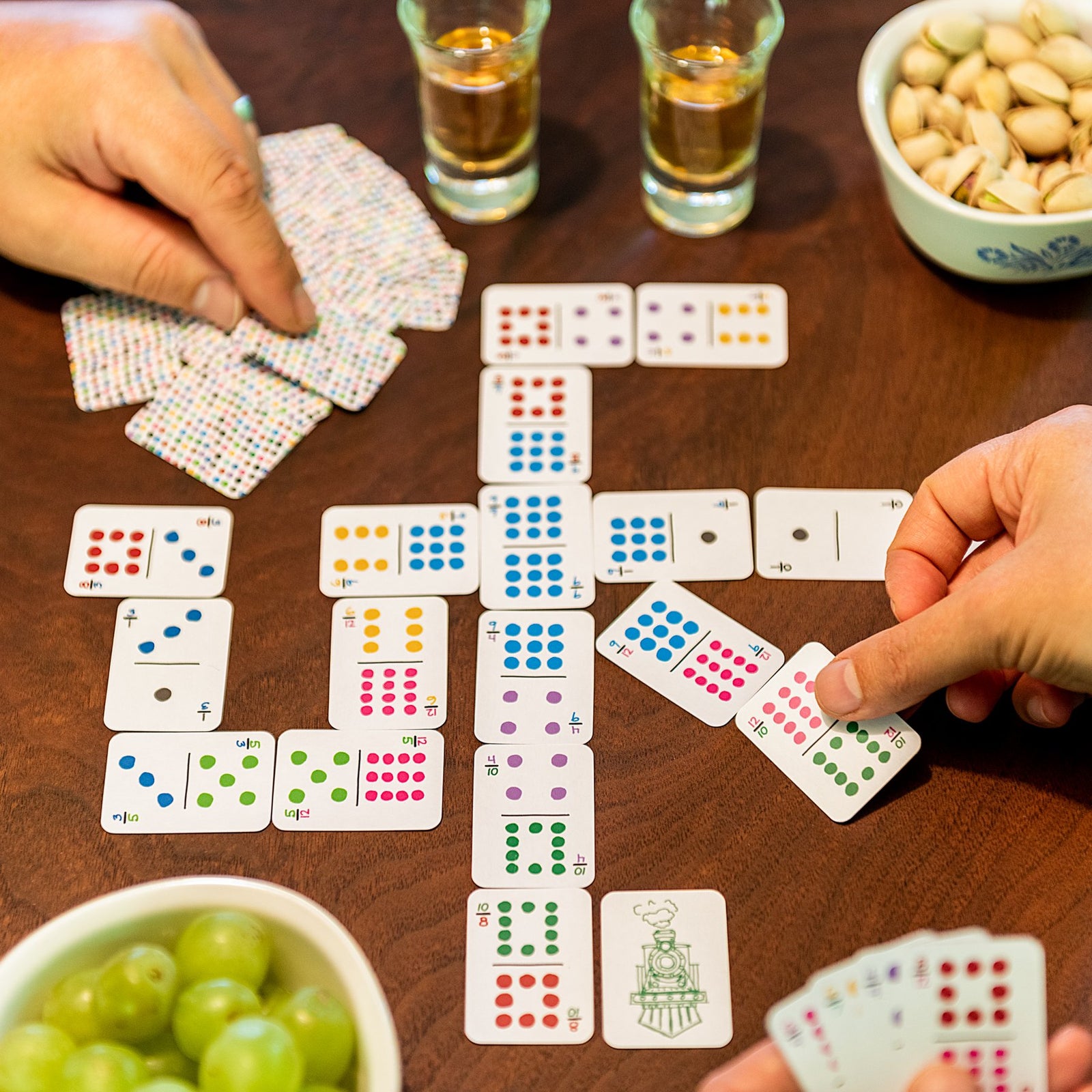
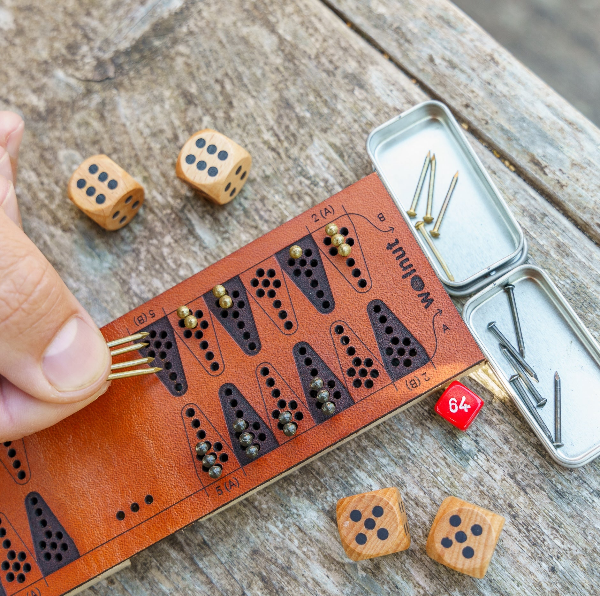
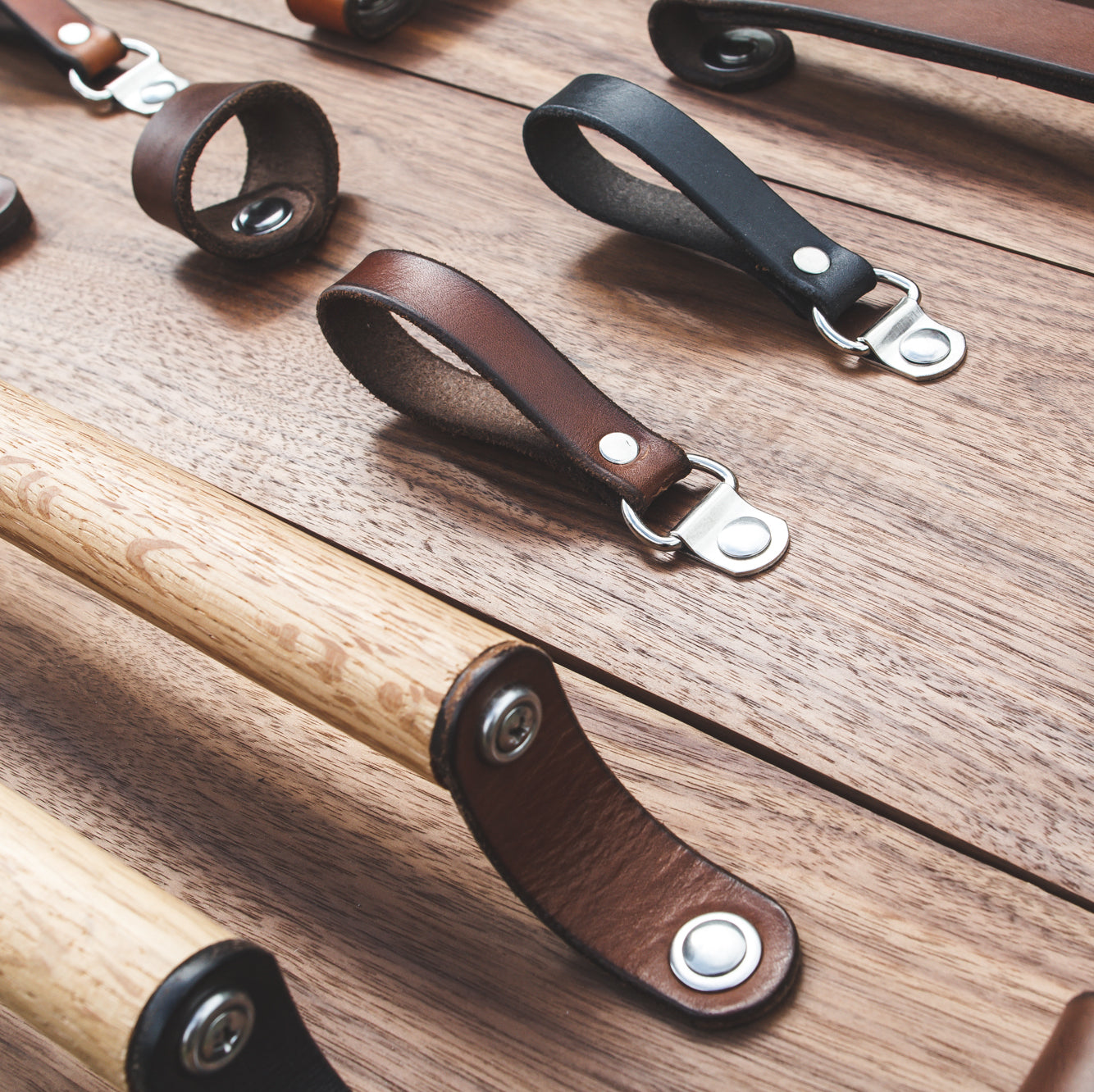

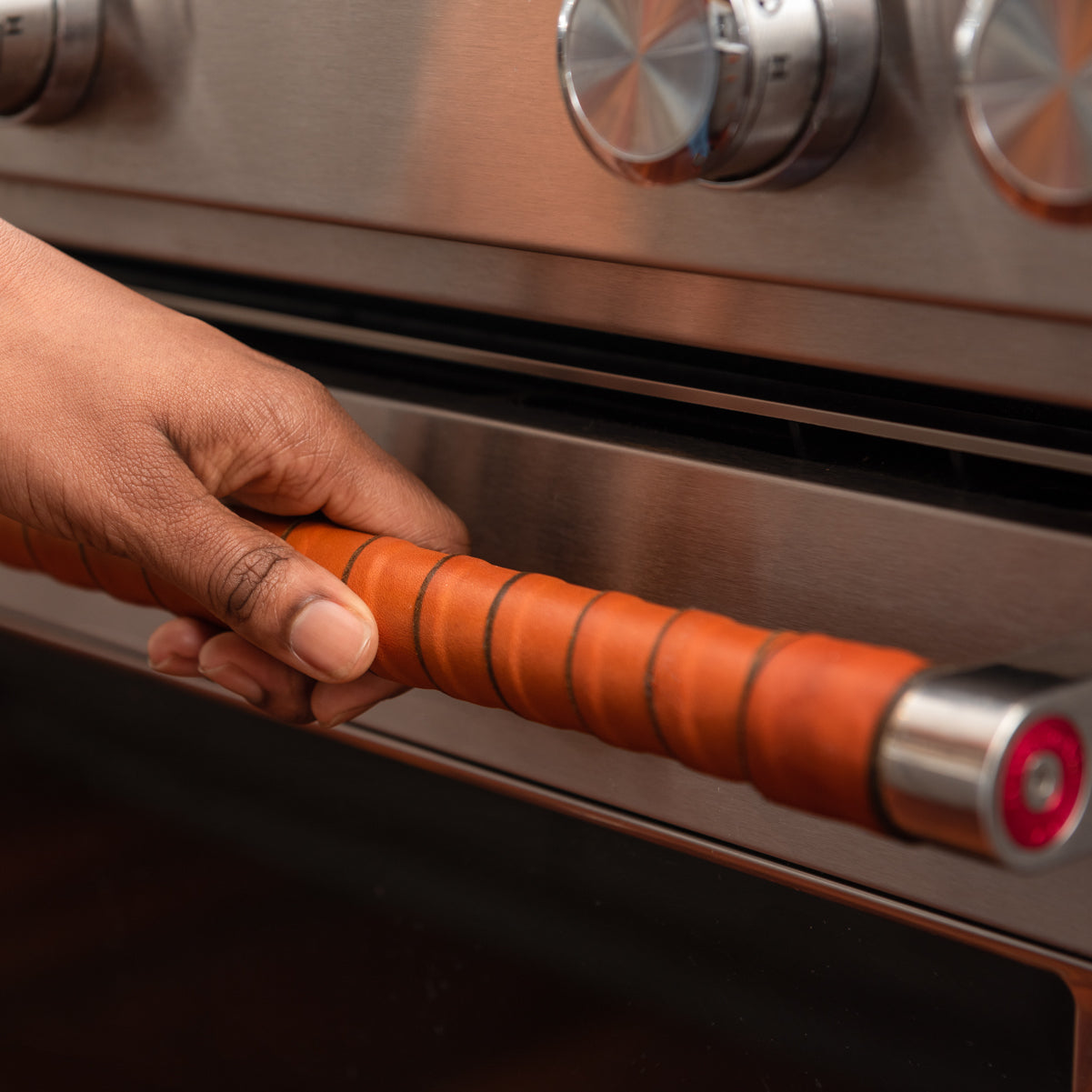
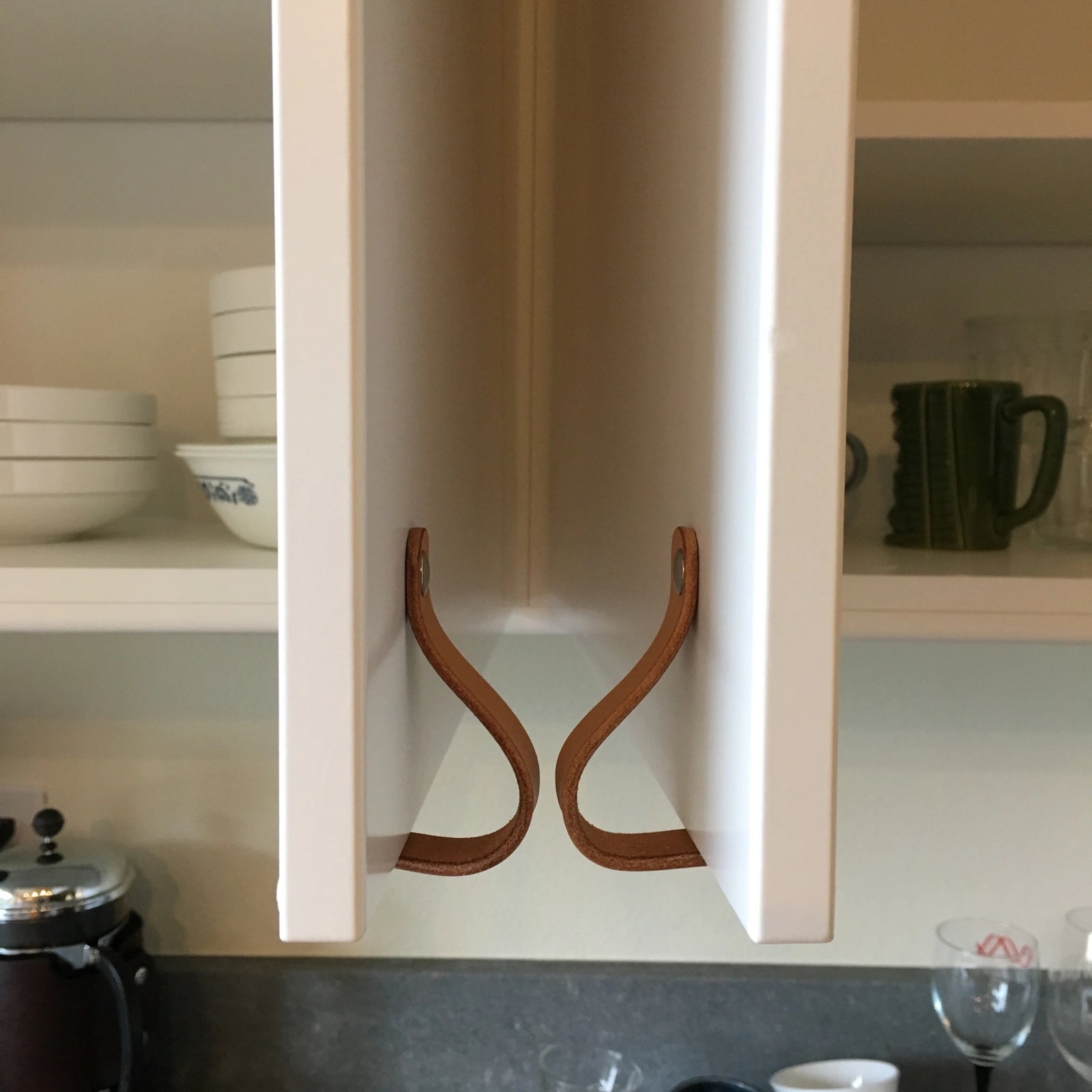
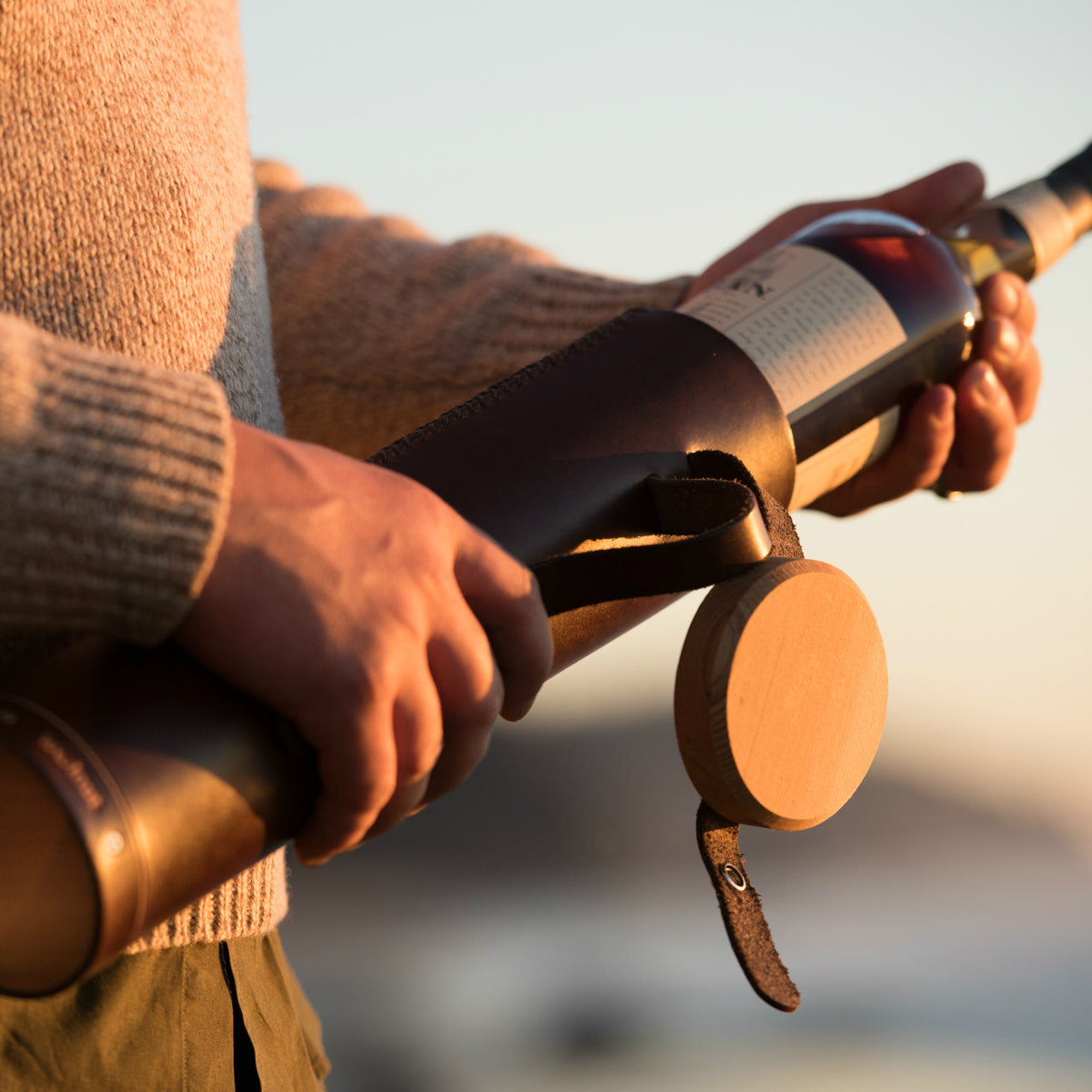
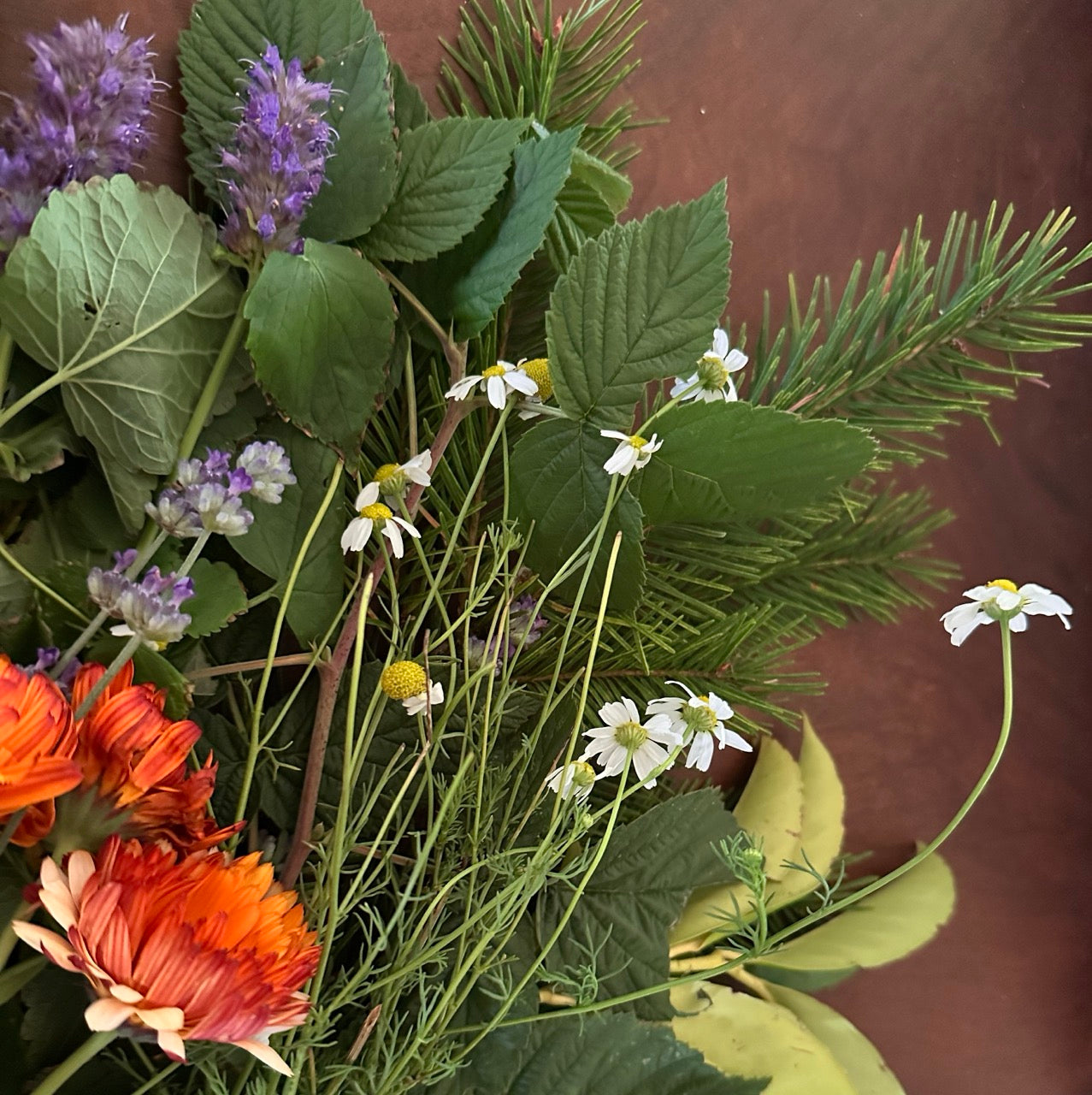
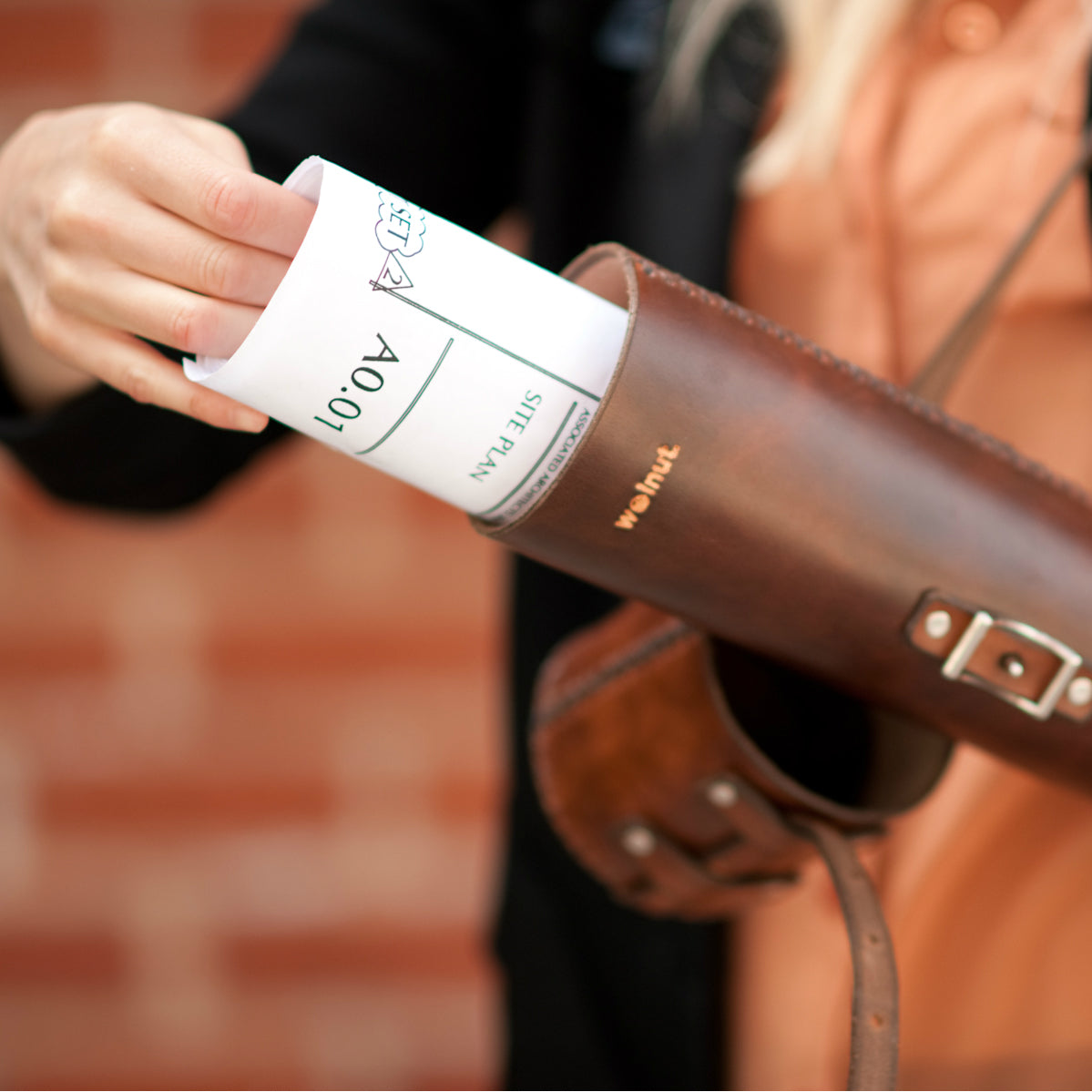
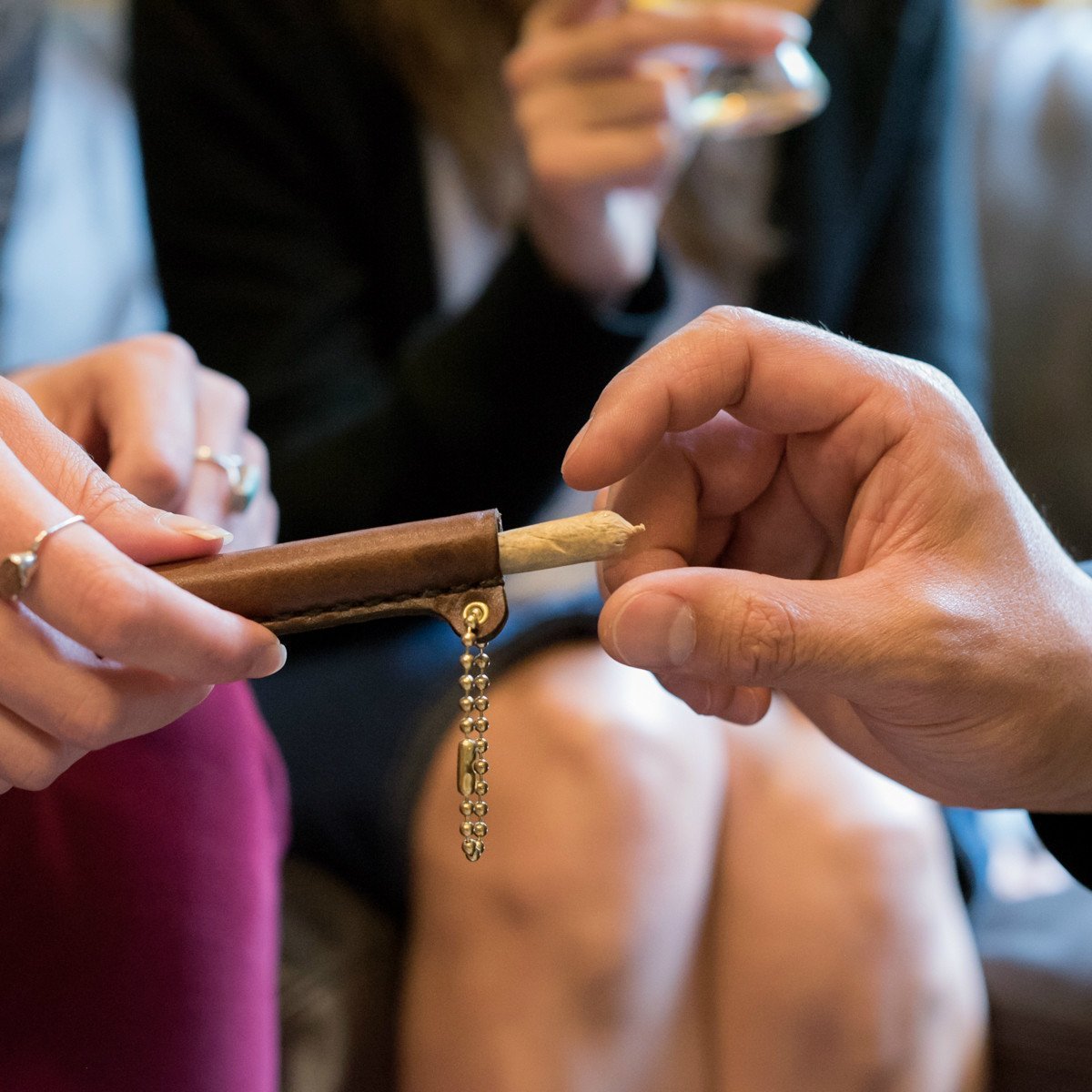
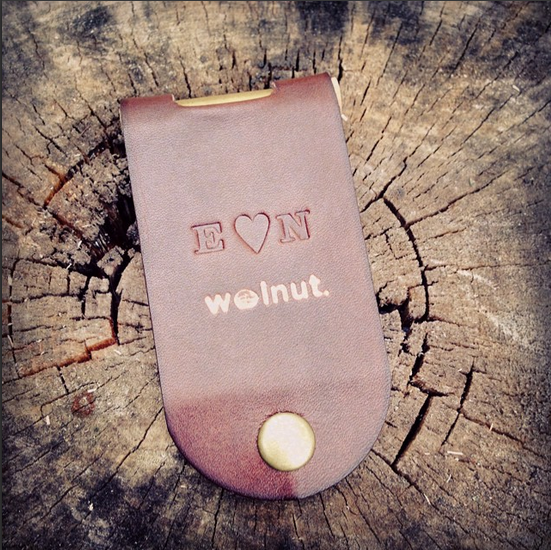
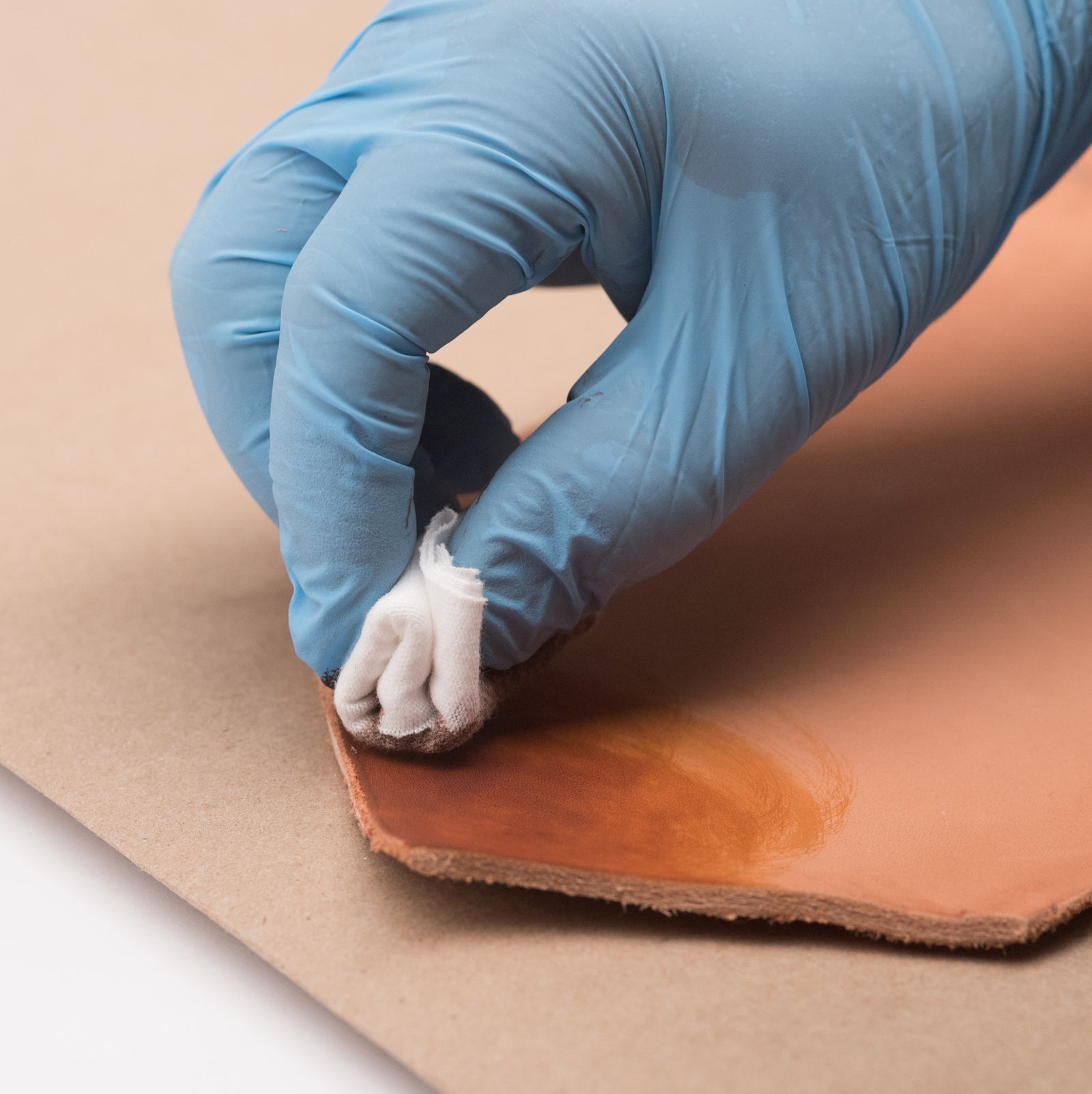
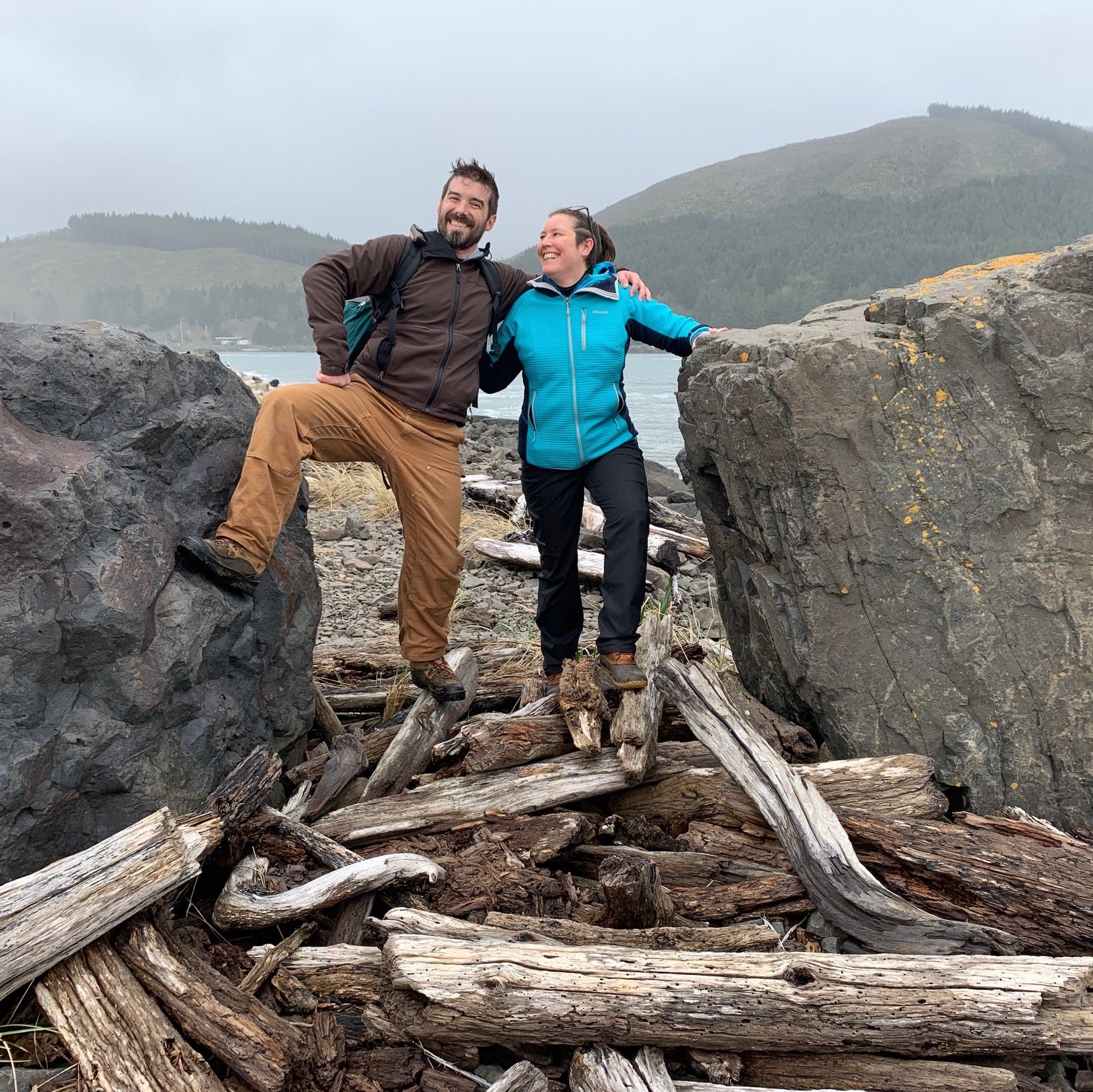
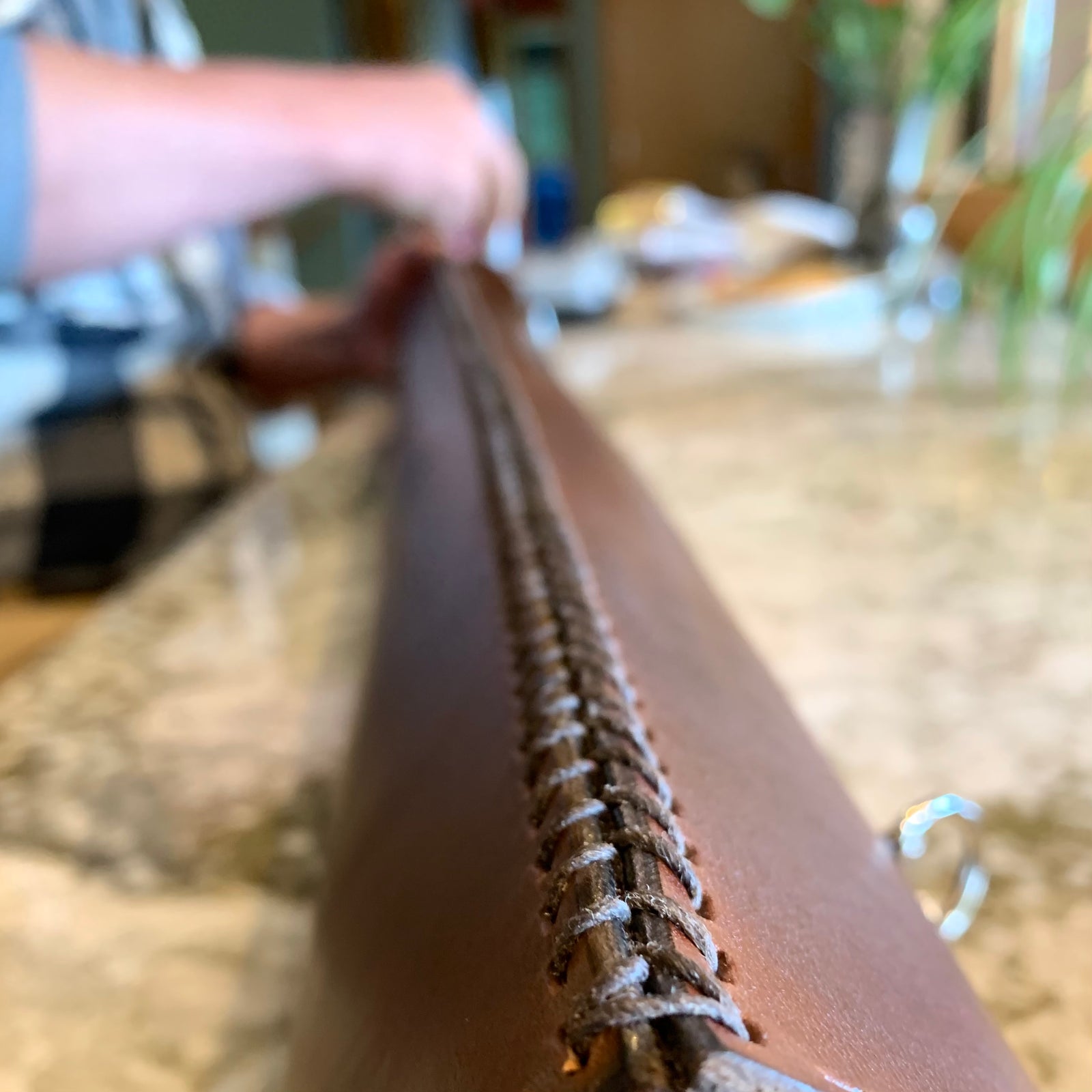

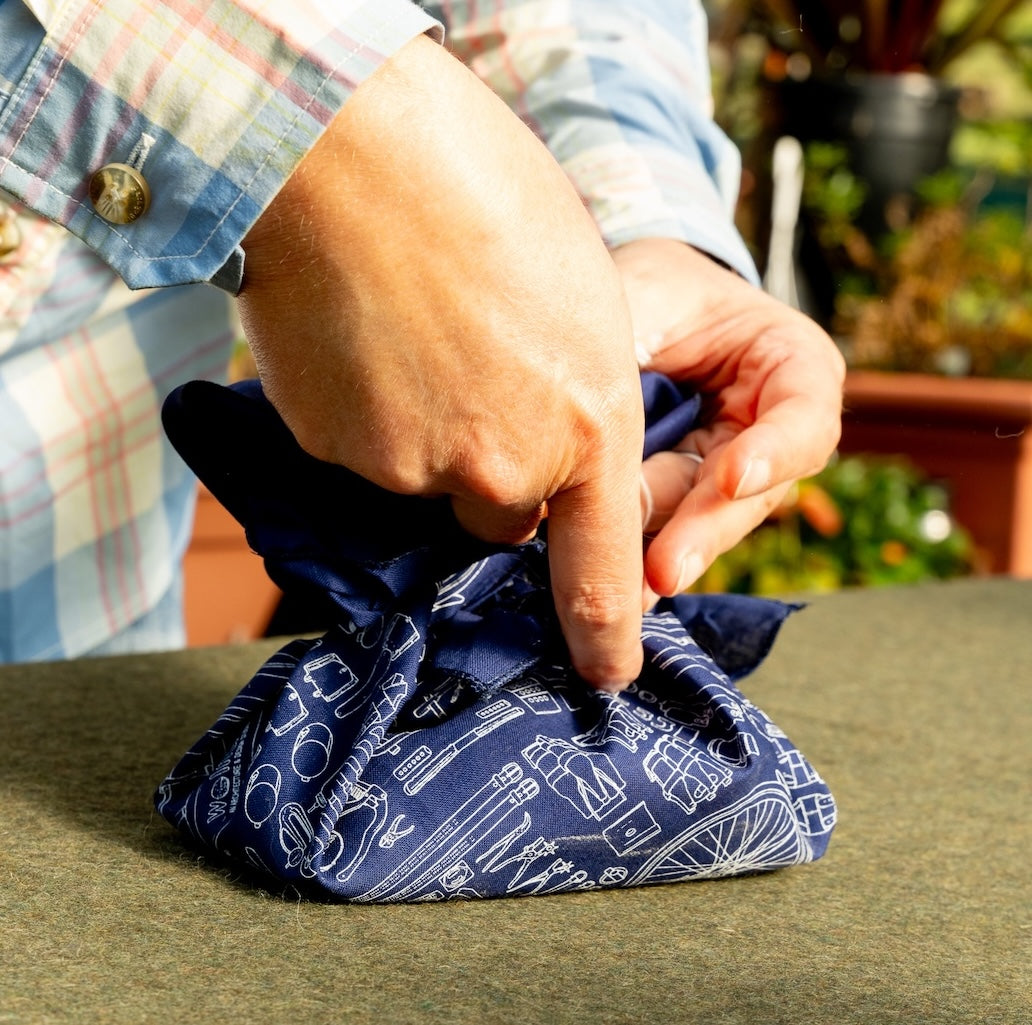








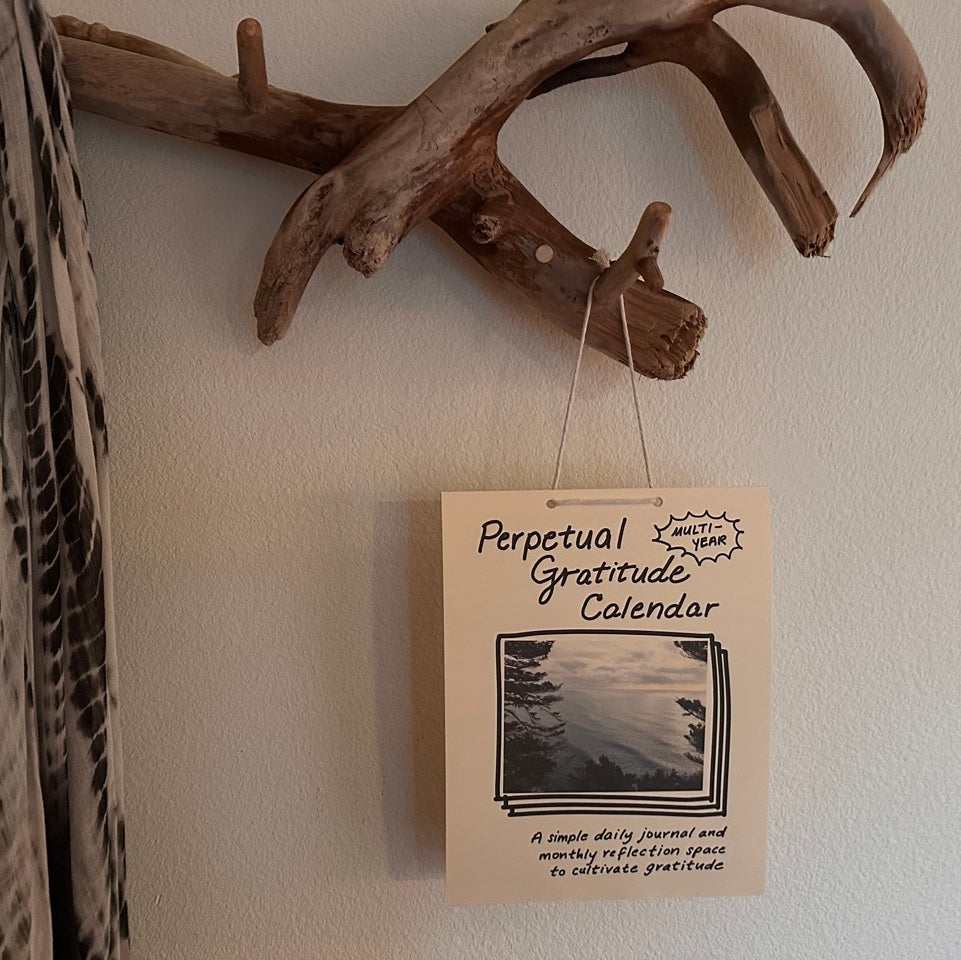
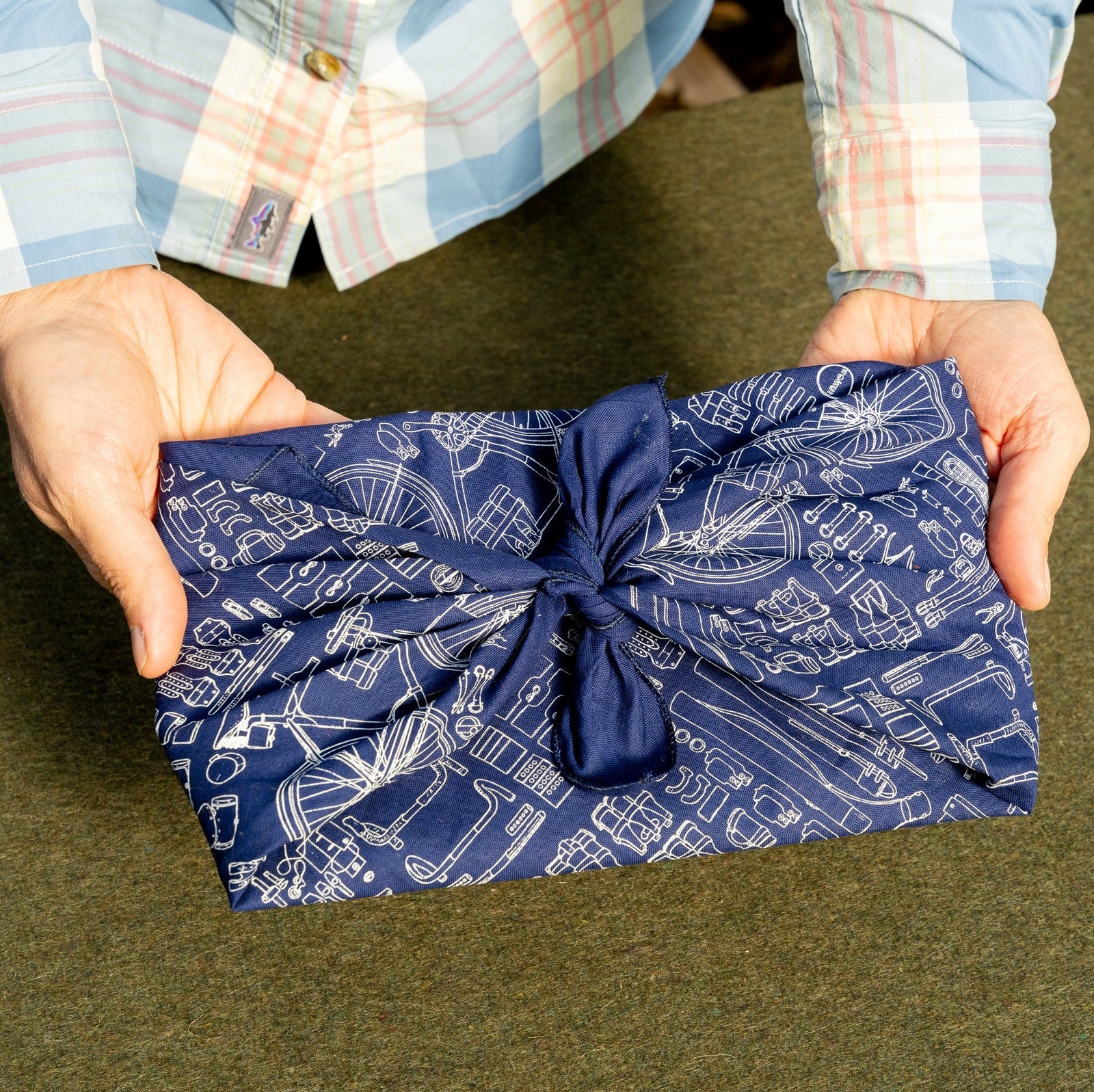

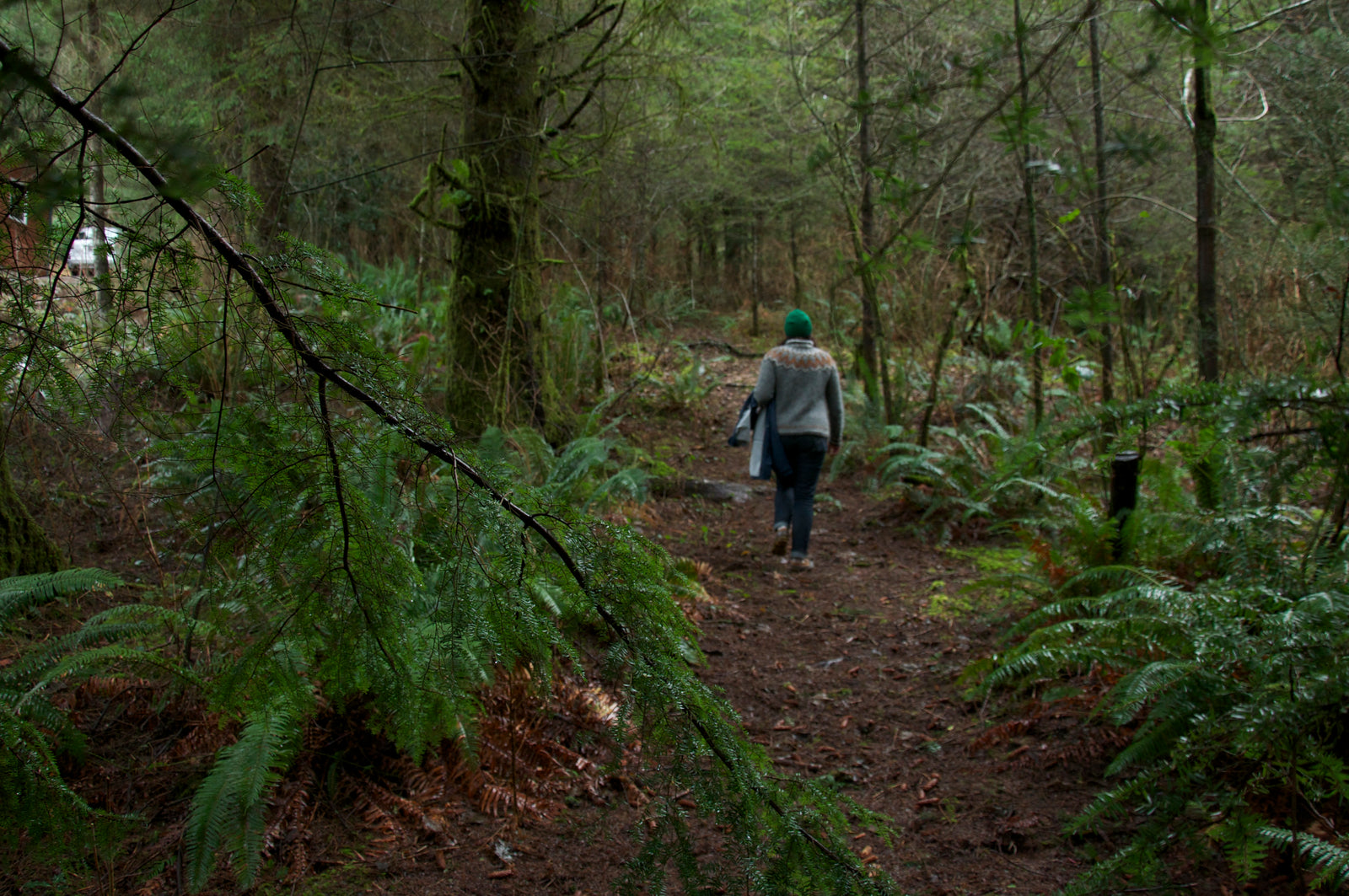
Leave a comment (all fields required)